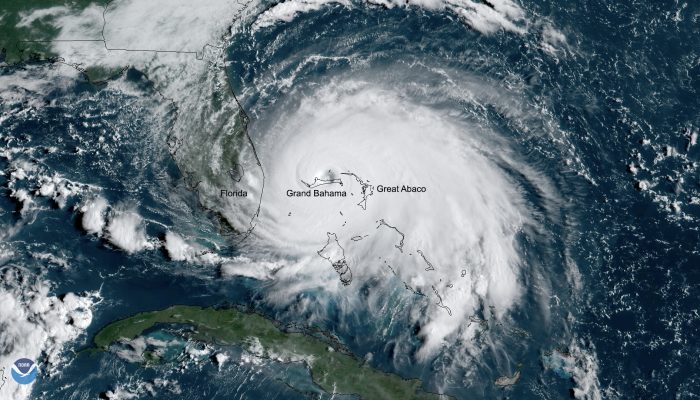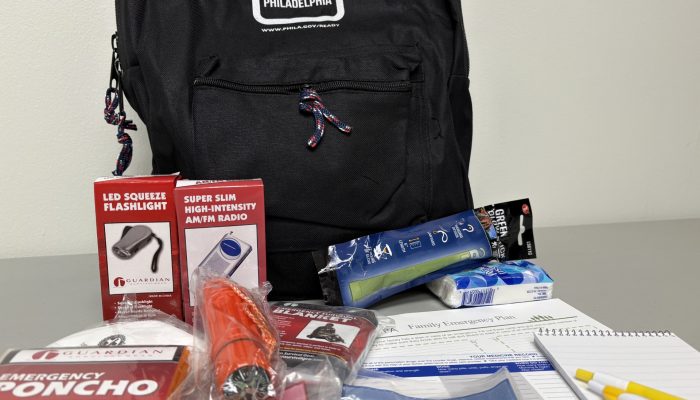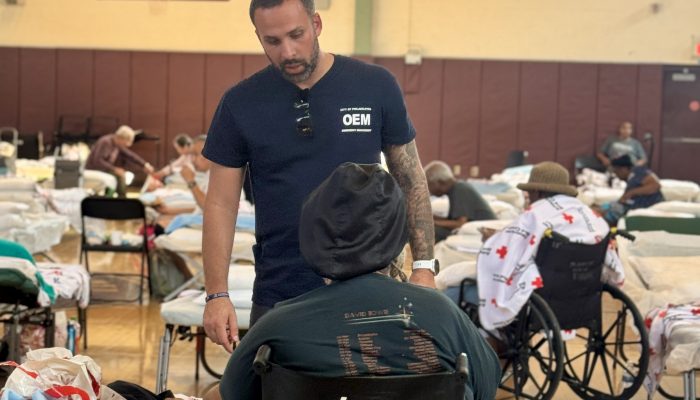On September 1st, Hurricane Dorian made landfall over the Abaco Islands in the Commonwealth of the Bahamas and then proceeded to make a secondary impact over Grand Bahama Island.
Dorian, with sustained winds of 185 miles per hour (a Category 5 storm on the Saffir-Simpson Hurricane Wind Scale) along with heavy rainfall, flooding, and storm surges caused significant damage to housing and infrastructure in Abaco and Grand Bahama, located just 55 miles off the coast of Florida.
Unfortunately, it also led to death and injury for residents along with over 1,300 missing people.
The extent of the damage from the hurricane is still being revealed and recovery in the Bahamas is only beginning.
Pictures on social media and stories on the news are prompting people to ask “What can I do to help?”.
Mostly, this comes in the form of donations: Wanting to give something of yourself to help others.
See our blog and video regarding best practices when donating after a disaster
When people recover from an emergency, whether small or large, monetary donations to trusted organizations work best. It allows flexibility to help disaster recovery efforts where they are needed most.
Check the National Voluntary Organizations Active in Disaster’s list of major non-profits that are active in disaster work.
However, given the devastation in the islands, the National Emergency Management Agency (NEMA), a Bahamas Government agency, has posted a preferred list of items for donation, which includes supplies along with cash donations.
Your empathy towards disaster survivors, along with your intent to help them, is a critical part of their recovery.
Make sure your good-intention is the smartest choice for you and for those impacted by the disaster before donating.




